If you’ve dined at a trendy American bistro lately or browsed the produce aisle of your local Whole Foods, chances are you’ve noticed a sleek, vibrant green vegetable labeled broccolini. Once a specialty item found only in upscale restaurants, broccolini is now a staple in home kitchens across the U.S.—thanks to its mild flavor, easy preparation, and impressive nutritional profile.
Often described as a cross between broccoli and Chinese kale, broccolini brings a perfect balance of sweetness and crunch that makes it irresistible. It’s versatile enough for quick weeknight meals and elegant enough for gourmet dishes. In this article, we’ll explore what makes broccolini so special, how it differs from regular broccoli, its powerful health benefits, and how to cook it to perfection.
What Is Broccolini?
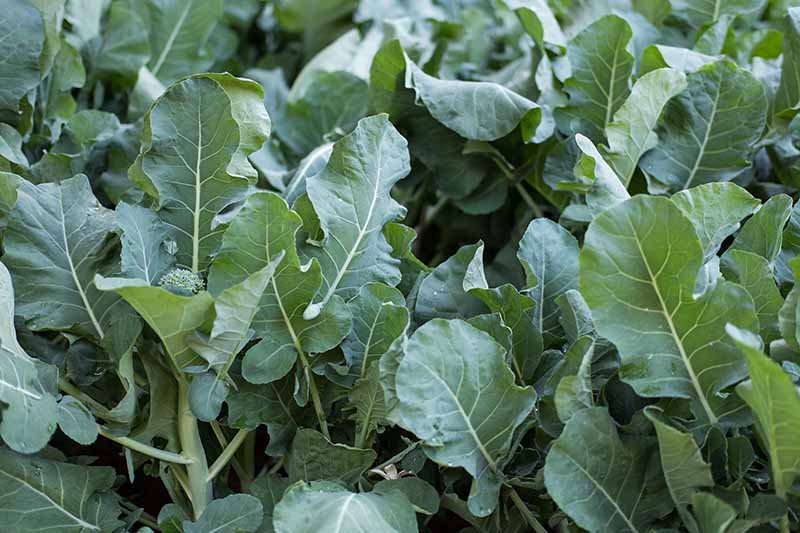
Broccolini (Brassica oleracea × Brassica rapa) is a hybrid vegetable developed in Japan in the early 1990s. It’s a cross between regular broccoli and Chinese kale (also called gai lan). With its long, slender stems, tender florets, and subtle sweetness, broccolini offers a more delicate eating experience than its thicker, more robust cousin.
Introduced to American markets around 1998, it quickly gained popularity for its aesthetic appeal and versatility. Today, it’s grown widely in California, Arizona, and other states with temperate climates, making it accessible year-round in most U.S. supermarkets.
Broccolini vs. Broccoli: What’s the Difference?
Although they share a similar appearance, broccolini and broccoli differ in taste, texture, and culinary flexibility.
| Feature | Broccolini | Broccoli |
|---|---|---|
| Origin | Hybrid of broccoli & Chinese kale | Native to the Mediterranean |
| Flavor | Milder, sweeter, less bitter | Earthier and stronger |
| Texture | Thin stalks, tender florets | Thick stalks, dense heads |
| Cooking Time | Quick—5–7 minutes | Longer—10–12 minutes |
| Ideal Dishes | Grilled, sautéed, roasted, pasta, or salad | Soups, casseroles, steamed sides |
Broccolini’s mild sweetness and elegant appearance make it a go-to choice for chefs aiming to elevate simple dishes while maintaining nutritional integrity.
Nutritional Powerhouse: Why Broccolini Deserves Superfood Status
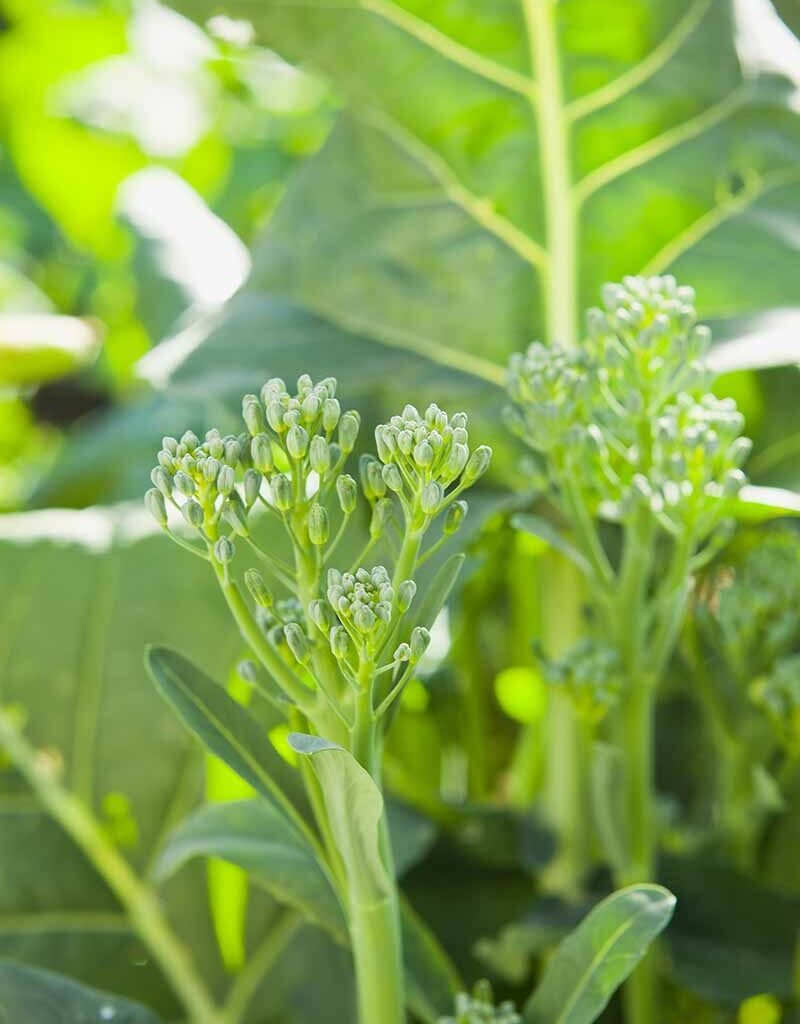
Broccolini is more than just a pretty green—it’s packed with essential vitamins, antioxidants, and minerals that support overall wellness. Here’s why nutritionists are calling it one of America’s next supergreens:
- Rich in Vitamins A, C, and K
These vitamins promote strong immunity, skin health, and bone strength. Just one cup of broccolini provides over 100% of your daily Vitamin C requirement. - High in Antioxidants
Broccolini contains sulforaphane, a potent antioxidant that may help prevent cell damage and lower the risk of chronic diseases like cancer and heart disease. - Great Source of Folate and Iron
Folate supports healthy red blood cells and is especially important for pregnant women, while iron boosts energy and metabolism. - Supports Detoxification
Like other cruciferous vegetables, broccolini activates liver enzymes that aid in flushing out toxins. - Low-Calorie, High-Fiber Food
With roughly 35 calories per cup and a satisfying crunch, broccolini is a great choice for weight management and digestive health.
How to Grow Broccolini in Your American Home Garden
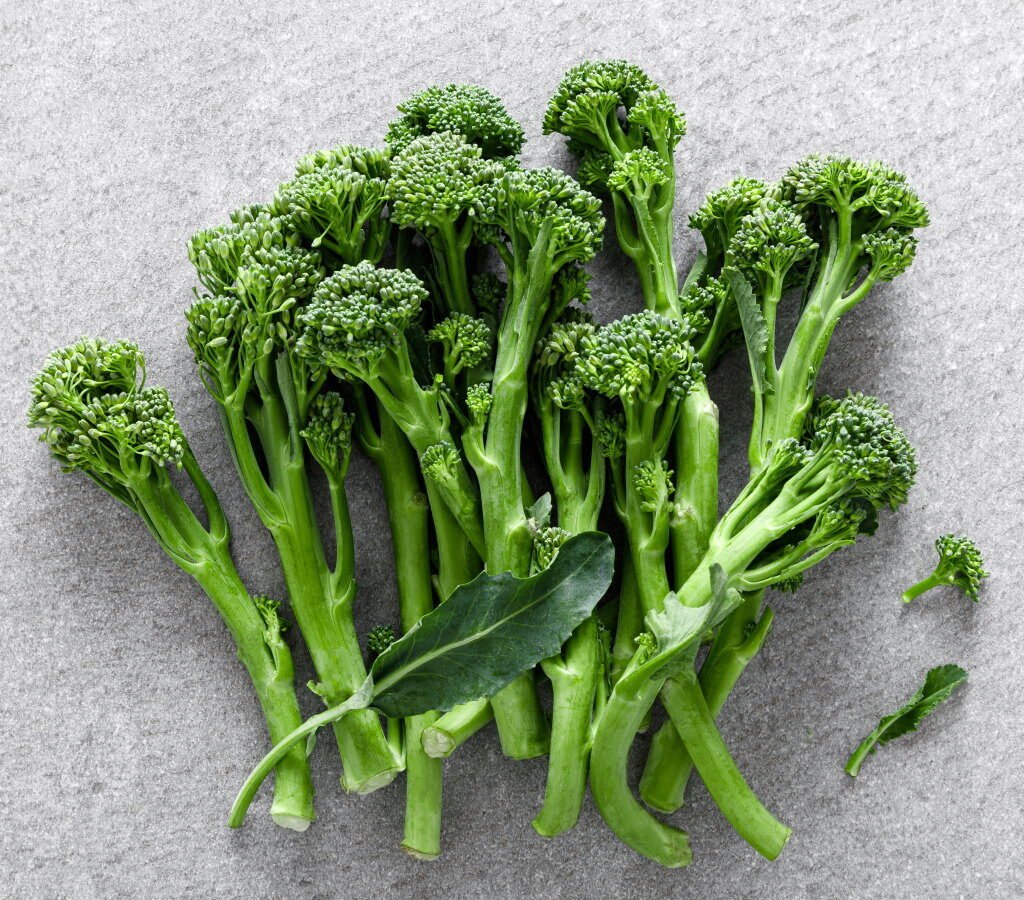
Broccolini isn’t just delicious—it’s also a rewarding plant for home gardeners. Whether you live in sunny California, the Pacific Northwest, or the East Coast, you can grow broccolini with minimal effort.
1. Ideal Growing Conditions
Broccolini thrives in cool weather, making it perfect for spring and fall gardens. It prefers daytime temperatures between 60°F and 75°F.
2. Soil Preparation
Use nutrient-rich, well-draining soil with a pH between 6.0 and 7.0. Mix compost or organic fertilizer before planting to support healthy leaf and floret growth.
3. Planting
Sow seeds about ½ inch deep and 12 inches apart. If using transplants, space them 18 inches apart to give each plant room to spread.
4. Watering
Keep the soil moist but not soggy. Water early in the morning to prevent fungal growth.
5. Harvesting
Broccolini is ready to harvest about 60–70 days after planting. Cut the stems when they reach 6–8 inches long, just before the tiny yellow flowers bloom. Frequent harvesting encourages new shoots for continuous yield.
6. Pest Management
Watch for cabbage worms, aphids, and flea beetles. Natural remedies like neem oil or introducing ladybugs can help keep pests under control.
How to Cook Broccolini: Delicious, Easy Recipes
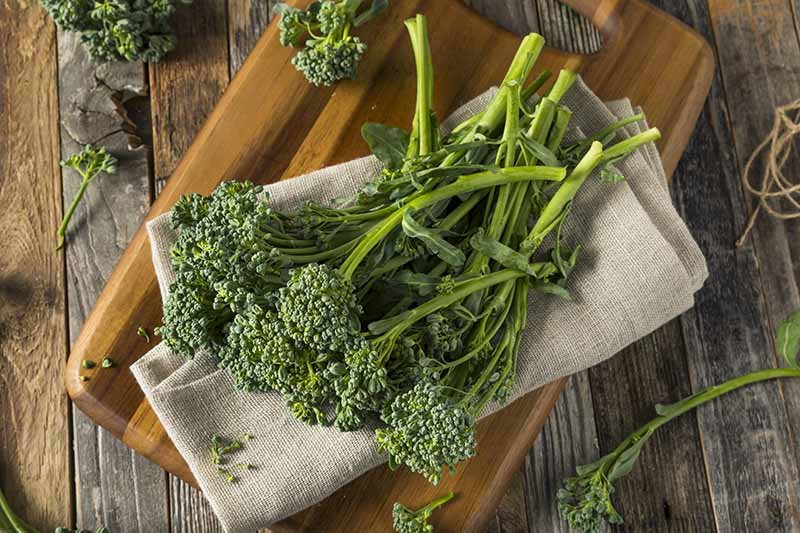
Broccolini’s delicate sweetness and crisp texture make it a dream ingredient in the kitchen. Whether you’re roasting, grilling, or sautéing, it adds a pop of green and a burst of nutrition to any plate.
Here are some crowd-pleasing ways to cook it:
1. Roasted Garlic Broccolini
Toss broccolini with olive oil, minced garlic, salt, and pepper. Roast at 425°F for 10–12 minutes until slightly crispy. Finish with a squeeze of lemon juice for a restaurant-quality side dish.
2. Grilled Broccolini with Parmesan
Brush the stalks with olive oil and grill for 3–5 minutes per side. Sprinkle freshly grated Parmesan and a touch of red pepper flakes. Perfect for summer barbecues or steak nights.
3. Sautéed Broccolini with Lemon Butter
Melt butter in a skillet, add garlic and broccolini, and sauté for 6 minutes. Finish with lemon zest and a pinch of sea salt. It pairs beautifully with fish or chicken.
4. Broccolini Pasta Primavera
Add blanched broccolini to pasta along with cherry tomatoes, zucchini, and a light olive oil sauce. Top with grated Pecorino for a wholesome, Italian-inspired meal.
5. Asian-Style Stir-Fry
Toss broccolini with soy sauce, sesame oil, ginger, and tofu for a quick weeknight stir-fry. It’s a nutritious vegan option that’s full of flavor and texture.
Broccolini in American Dining: From Farm to Fine Dining
Broccolini’s rise in the U.S. food scene is no accident. Chefs and food influencers have embraced it for its balance of visual appeal, texture, and flavor adaptability.
In American fine dining, it’s a go-to vegetable for plating vibrant dishes. Restaurants in California, New York, and Texas often serve it alongside roasted salmon, steak, or grilled tofu. Meanwhile, at-home cooks love it for its speedy cooking time and ability to elevate simple meals without extra effort.
Farmers’ markets across the country now feature broccolini alongside traditional greens, and it’s becoming a star ingredient in plant-based menus, meal kits, and health-conscious meal prep.
Health Trends: Why Broccolini Fits the American Wellness Movement
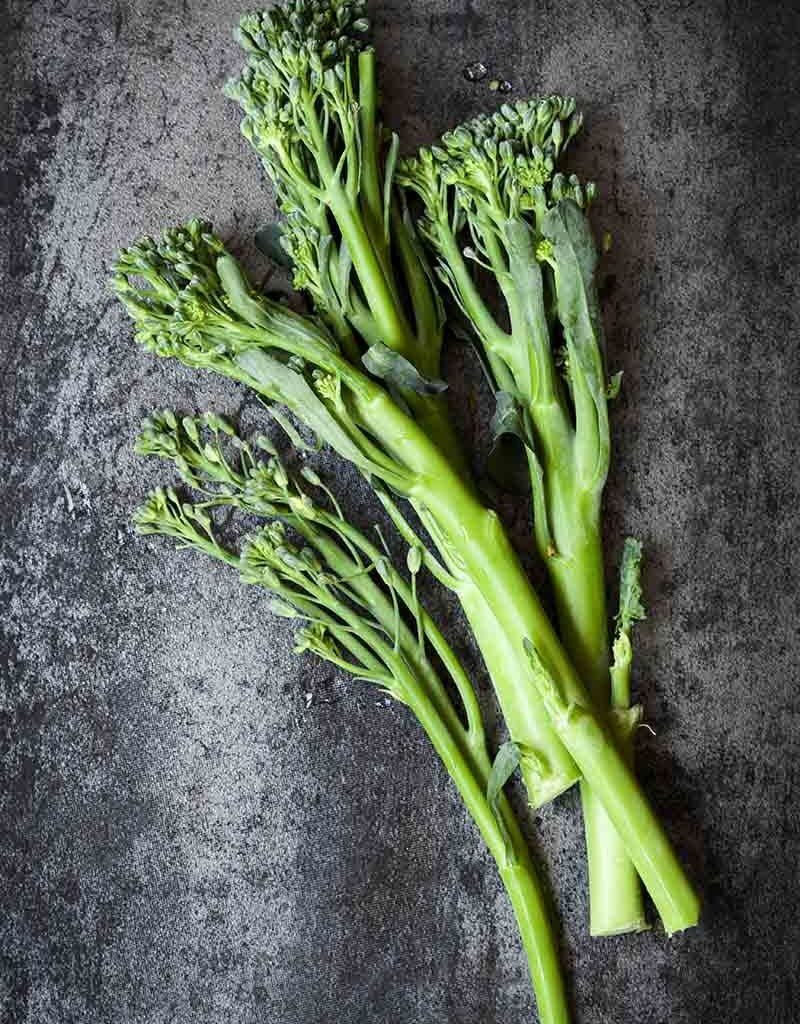
Broccolini perfectly aligns with several ongoing wellness and sustainability trends in the U.S.:
- Plant-Based Eating:
As more Americans shift toward flexitarian or vegetarian diets, broccolini provides a flavorful, nutrient-dense green that complements plant-forward recipes. - Clean Eating:
With no need for heavy sauces or seasonings, broccolini fits right into clean, minimalist eating styles that emphasize whole, unprocessed foods. - Sustainable Agriculture:
Broccolini has a shorter growing cycle and requires fewer pesticides than many other crops, making it a smart choice for eco-conscious consumers. - Gourmet Meal Prep:
Its long stems and bright color make broccolini an Instagram-worthy addition to grain bowls, meal-prep boxes, and quick lunch wraps.
Pairing Broccolini with American Favorites
Broccolini’s mild sweetness allows it to pair beautifully with a wide range of American comfort foods:
- With Steak or Grilled Chicken: Adds a fresh, crisp contrast to smoky meats.
- With Salmon or Shrimp: Its light bitterness balances the richness of seafood.
- In Sandwiches: Add blanched broccolini to veggie paninis or turkey sandwiches for a nutritious crunch.
- On Pizzas: Use roasted broccolini as a topping with mozzarella and sun-dried tomatoes for a gourmet twist.
Conclusion: Broccolini—America’s Next Must-Have Green
From backyard gardens to Michelin-starred kitchens, broccolini has carved its place as America’s next favorite vegetable. Its combination of flavor, nutrition, and versatility makes it the perfect choice for busy home cooks and creative chefs alike.
Whether you roast it for Sunday dinner, toss it into a pasta bowl, or grill it alongside your favorite protein, broccolini offers that perfect bite of freshness and elegance. As Americans continue to embrace healthy, sustainable eating, this tender green is here to stay—one delicious floret at a time.





